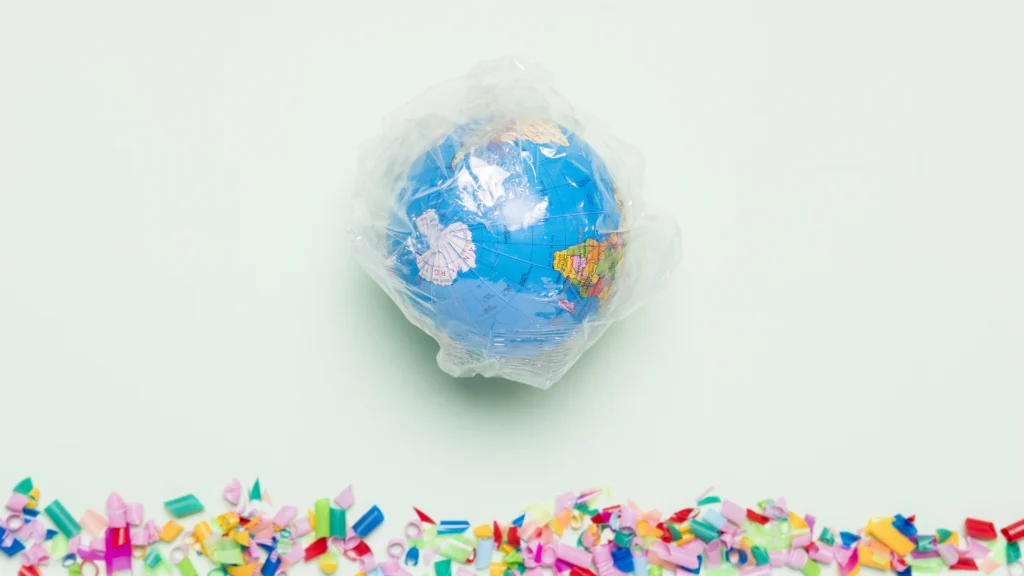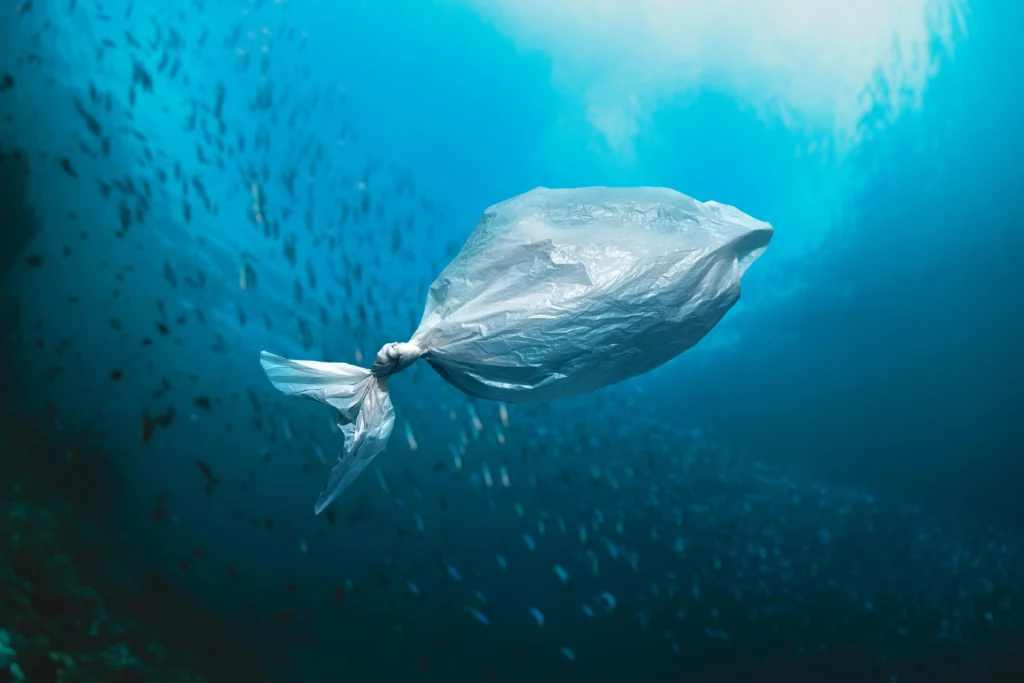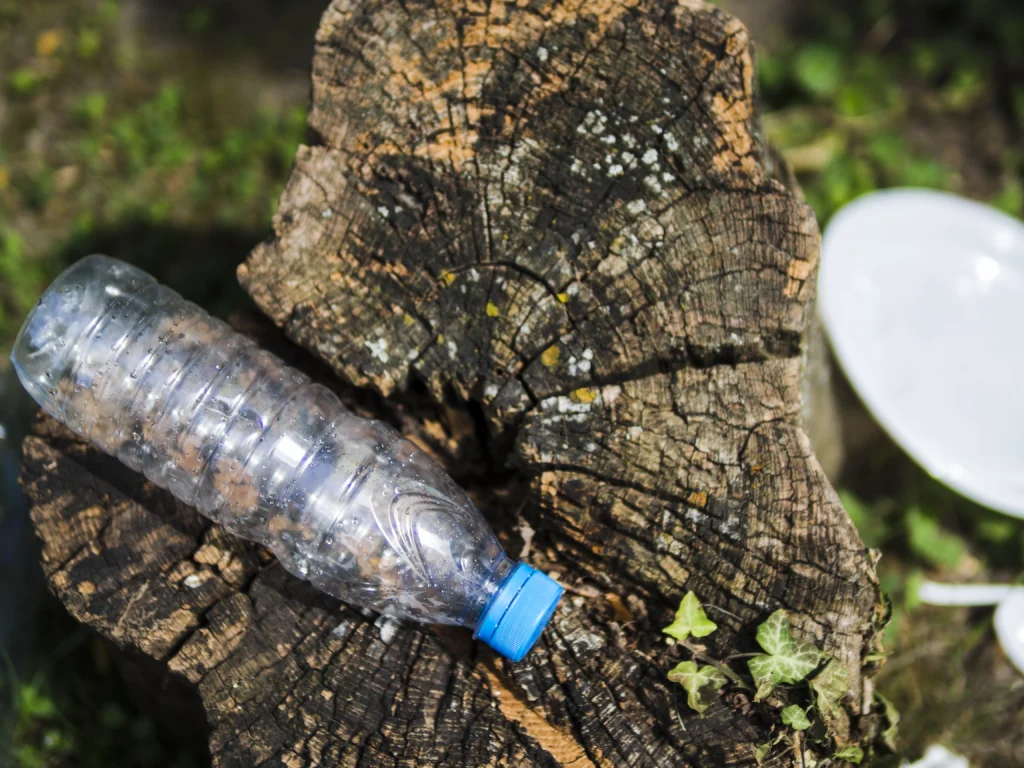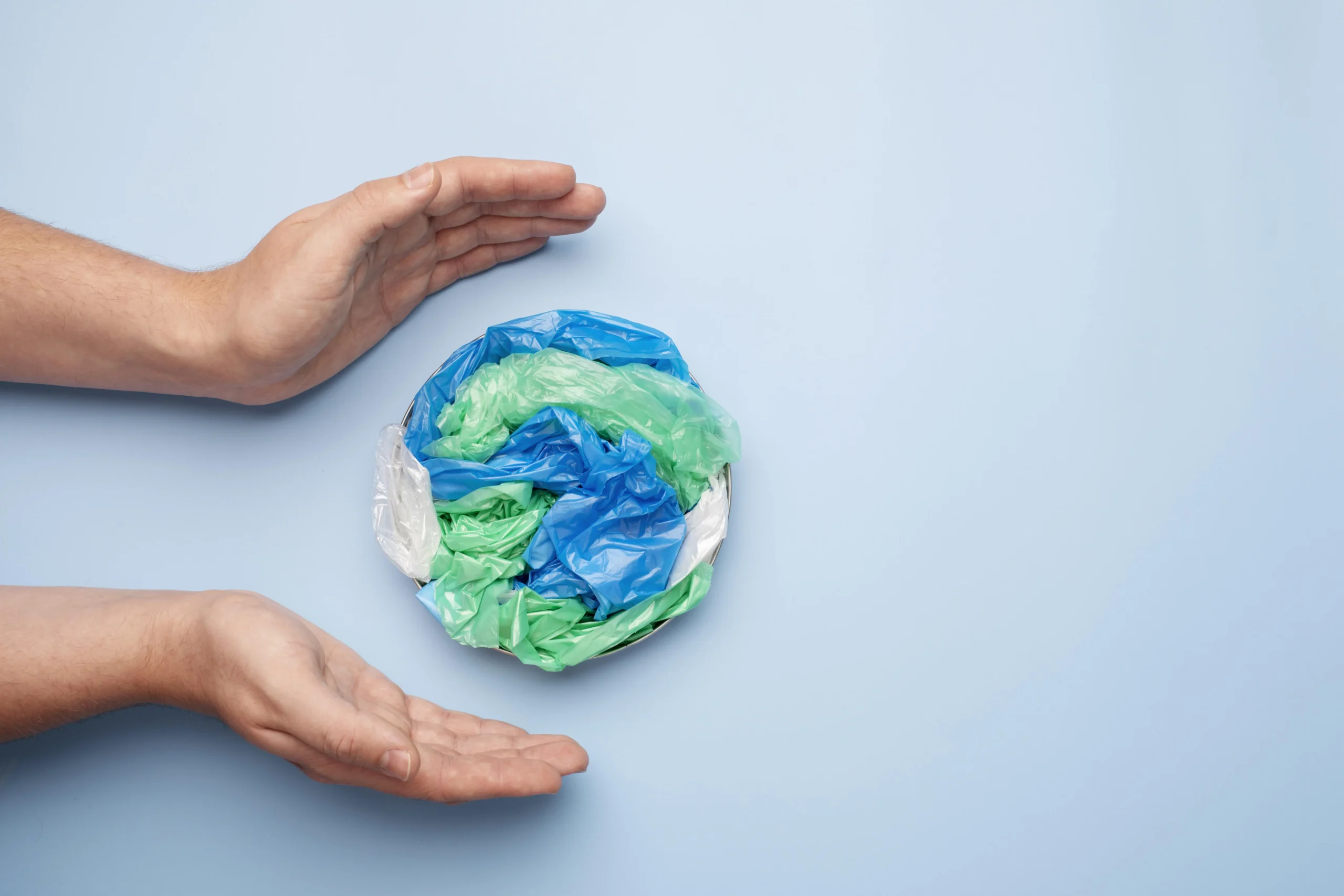The Rise of Microplastics: Understanding the Problem
Microplastics are tiny pieces of plastic that are < 5mm in size. These microplastics have become a major environmental concern due to their widespread presence in the environment and their potential impacts on ecosystems and human health.
One of the main sources of microplastics is the improper disposal of plastic waste. Plastic items such as bags, bottles, and packaging materials can break down over time into smaller and smaller pieces, eventually becoming microplastics. These microplastics can then enter the environment through various pathways, such as rivers, oceans, and even the air we breathe.

Furthermore, microplastics can also enter our food chain and end up on our plates. They can be found in various types of food, including seafood, drinking water, and even table salt. This means that we are unknowingly consuming microplastics daily, which raises concerns about the potential health effects they may have on our bodies.
Where are microplastics found in food
Yes, we are likely eating microplastics on a daily basis. Microplastics have been found in a wide range of food items, including seafood, tap water, and even beverages. Studies have shown that microplastics can enter the food chain through various pathways, such as contamination during processing and packaging, as well as from the environment.
With the fast-paced lifestyle nowadays, microplastics can be found in almost everything we eat or drink. A study done in 2024, supported by the National Institutes of Health, reveals that a liter of bottled water on average included about 240,000 tiny pieces of plastic. Further deep-dive showed that water contained around 7 types of plastic.
When it comes to the seafood we consume, we could be ingesting microplastics that have been ingested by the marine animals themselves. This is because microplastics can accumulate in the tissues of these animals, including the muscles and organs that we consume. Similarly, microplastics have been detected in tap water, with studies showing that even bottled water may not be free from microplastic contamination.

As per findings of a research report titled “Microplastics in Seafood and the Implications for Human Health” by Madeleine Smith, David C. Love, Chelsea M. Rochman, and Roni A.Neff , below is a list of common applications of plastic found in the marine environment and the frequency of polymer type identified :
| Plastic resin type (acronym) | Application | Percent of studies (n) that identified specific polymers |
|---|---|---|
| Polyethylene, high-density (PE-HD) | Milk and juice jugs | 79 (33) |
| Polyethylene, low-density (PE-LD) | Plastic bags, six-pack rings, bottles, netting, and drinking straws | |
| Polypropylene (PP) | Rope, bottle caps, and netting | 64 (27) |
| Polystyrene (PS) | Plastic utensils, food containers | 33 (17) |
| Polyamide (PA) | Nylon fabric | 17 (7) |
| Polyester (PES) | Polyester fabric | 10 (4) |
| Polyvinylchloride (PVC) | Film, containers, and pipes | 5 (2) |
| Polyethylene terephthalate (PET) | Plastic beverage bottles | 2 (1) |
Other sources of microplastics in food include dust and fibers from synthetic clothing, which can contaminate crops during growth and harvesting.
In addition to seafood, microplastics have also been detected in tap water. Studies have found microplastic particles in both treated drinking water and natural water sources, such as rivers and lakes. This suggests that microplastics can enter the water supply through various pathways, including industrial and domestic wastewater.
As per a research report titled “Microplastics in Food: A Review on Analytical Methods and Challenges” by J H Kwon published in 2020, below are the top food items where the presence of microplastics is found :
- Table Salt
- Processed Foods like beer, honey, milk
- Sugar
- Tea in teabags
- Chinese traditional animal-based medicine
Table salt, which is a staple in many households, has been found to contain microplastics. This is because salt is often obtained from seawater, which can be contaminated with microplastic particles. These particles can then end up in the salt during the extraction and manufacturing process.
How to detect microplastics in food
Detecting microplastics in food can be challenging, as they are often invisible to the naked eye. However, there are several methods that scientists use to detect and quantify microplastics in food samples.
One common method is microscopy, which involves using a microscope to visually identify and count microplastic particles in a food sample. This method allows researchers to determine the size, shape, and color of the microplastics, which can provide valuable information about their source and potential impacts.
Another method is spectroscopy, which involves analyzing the interaction between light and matter to identify the presence of microplastics. This technique can provide information about the chemical composition of the microplastics, which can help determine their origin.
Chemical analysis is another approach used to detect microplastics in food.
It is important to note that these methods require specialized equipment and expertise, and are typically performed in laboratory settings. Therefore, they may not be practical for everyday consumers to use. However, ongoing research is focused on developing more accessible and user-friendly methods for detecting microplastics in food.
Are microplastics found in Bottled water
Yes, microplastics have been found in bottled water. Several studies have detected the presence of microplastic particles in both still and sparkling bottled water brands.
The contamination of bottled water with microplastics can occur during various stages of production and packaging.

The exact health effects of consuming microplastics in bottled water are still not fully understood. However, it is important to note that the levels of microplastics detected in most bottled water brands are relatively low. Regulatory agencies have set limits and guidelines for the acceptable levels of microplastics in drinking water, which are intended to ensure the safety of consumers.
Nevertheless, the presence of microplastics in bottled water raises concerns about the potential long-term effects on human health. Further research is needed to better understand the risks associated with consuming microplastics in bottled water and to develop strategies to minimize their presence in this commonly consumed beverage.
How to remove microplastics from water
Removing microplastics from water can be challenging, as they are very small and can easily pass through traditional water treatment processes. However, some methods can help reduce the presence of microplastics in water.
One method is using activated carbon filters, which can effectively remove microplastics from water. Activated carbon has a large surface area and can adsorb microplastic particles, trapping them and preventing them from passing through the filter. This method is commonly used in household water filtration systems.
Another method is using reverse osmosis, which involves forcing water through a membrane to remove impurities, including microplastics. Reverse osmosis is a more advanced and expensive water treatment process, typically used in larger-scale systems such as water treatment plants.
It is important to note that these methods can help reduce the presence of microplastics in water, but they may not eliminate them.
Health Risks Associated with Consuming Microplastics
The health risks associated with consuming microplastics are still not fully understood, and more research is needed to determine the long-term effects. However, there are concerns about the potential impacts on human health.
One concern is the potential transfer of harmful chemicals from microplastics to our bodies. Microplastics can act as carriers for various toxic substances, such as heavy metals and persistent organic pollutants. When we consume microplastic-contaminated food or water, these harmful chemicals could potentially leach into our bodies and accumulate over time.
Furthermore, the small size of microplastics allows them to penetrate tissues and cells, which could potentially lead to physical harm. Studies have shown that microplastics can cause inflammation and oxidative stress in laboratory animals, which could have adverse effects on their overall health.
Therefore, it is crucial to continue researching the health risks associated with consuming microplastics and take steps to minimize our exposure.
Ways to Reduce Microplastic Consumption
It requires a collective effort, right from individuals to industries. Here are some ways that we can all contribute to the reduction of microplastic pollution:
1. Avoid single-use plastics: Opt for reusable alternatives, such as stainless steel water bottles, cloth shopping bags, and glass food containers. By reducing our reliance on single-use plastics, we can help reduce the amount of plastic waste that ends up in the environment.
2. Properly dispose of plastic waste: Make sure to recycle plastic products correctly and dispose of them in designated recycling bins. Improper disposal can lead to plastic waste entering waterways and eventually breaking down into microplastics.
3. Support initiatives and policies: Advocate for policies that promote sustainable practices and the reduction of plastic pollution. Support initiatives that aim to tackle the issue of microplastics, such as beach clean-ups and plastic-free campaigns.
4. Choose natural fibers: When purchasing clothing and textiles, opt for natural fibers like cotton, linen, and wool. Synthetic fibers like polyester and nylon shed microplastic fibers when washed, contributing to microplastic pollution in waterways.
5. Filter your tap water: Use a water filter that is specifically designed to remove microplastics. This can help reduce your exposure to microplastics in drinking water.
6. Choose natural and organic personal care products: Opt for products that are free from microbeads and contain natural ingredients. Microbeads are tiny plastic particles that are commonly found in exfoliating scrubs, toothpaste, and body washes. By choosing products without microbeads, you can avoid contributing to microplastic pollution.
By taking these steps, we can all contribute to reducing microplastic consumption and protecting our environment and health.
While it may not be possible to completely eliminate microplastics from our lives, every small action we take can make a difference. By making conscious choices and supporting sustainable practices, we can work towards a future with less microplastic pollution.

